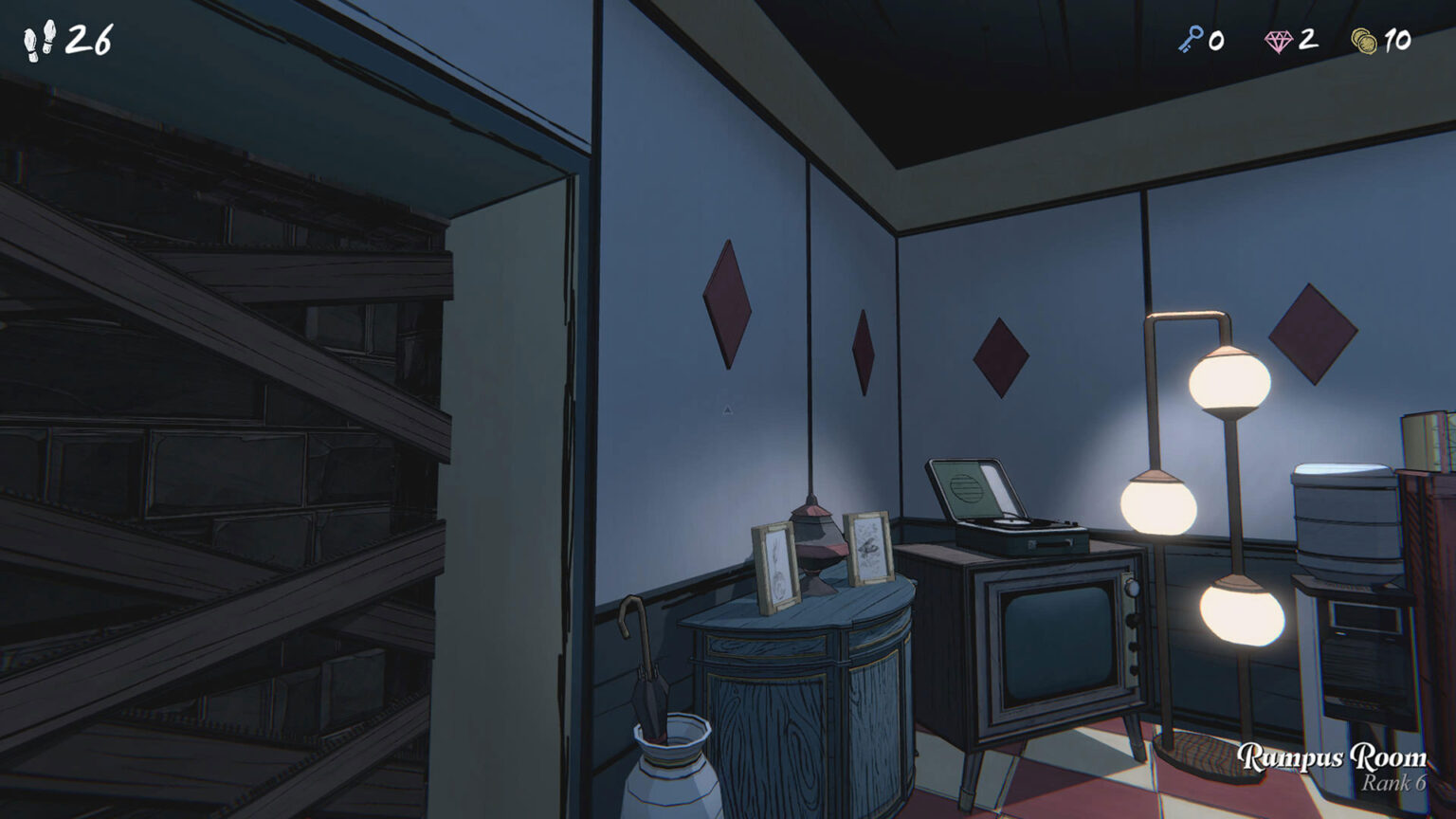
Video Games and the Disappearing Enigma: An Examination of Contemporary Gaming
In the constantly changing realm of video games, one element that has markedly transformed is the aspect of enigma. The era when players would invest extensive hours decoding secrets concealed within their beloved games is long gone. Nowadays, the internet and its extensive gamer community have rendered it nearly impossible for any enigma to stay unresolved for an extended period. Through forums, social media, and devoted fan websites, any conundrum or concealed feature can, and frequently will, be unraveled in no time.
This transformation has presented a new challenge for game creators: finding ways to sustain a sense of enigma and exploration in their designs. Some creators have embraced this challenge by intentionally withholding details and opting not to disclose exhaustive information about their games. One such creator is Tonda Ros from Dogubomb, the innovative talent behind the title “Blue Prince.”
“Blue Prince” is crafted to be rich in secrets, and Ros has made it evident that they do not plan to disclose whether players have found all of them. This methodology marks a refreshing change from the usual expectation where players often anticipate having a thorough checklist of accomplishments and secrets to discover. By keeping particular features of the game enveloped in mystery, Ros permits players to relish the excitement of exploration and the fulfillment of unraveling enigmas independently.
This ethos resonates with a portion of the gaming audience who yearn for the times when games were more mysterious. It recalls an era when players would share hints and speculations in playgrounds or through the pages of gaming publications, instead of having all the answers readily accessible online.
The choice to keep secrets concealed also promotes a deeper engagement with the game. Players are more inclined to investigate every corner, test various tactics, and work together with others to unveil the game’s enigmas. This can result in a more immersive and fulfilling gaming adventure.
In a landscape where information is abundantly available and immediate gratification is typical, the decision to incorporate mystery in game design is both daring and praiseworthy. It prompts players to engage in critical thinking, nurtures a sense of community, and ultimately amplifies the enjoyment of the game.
As the gaming industry progresses, it will be intriguing to observe how other creators find the equilibrium between offering assistance and retaining mystery. For the moment, games like “Blue Prince” stand as a reminder that at times, the voyage of discovery is just as significant as the end goal.